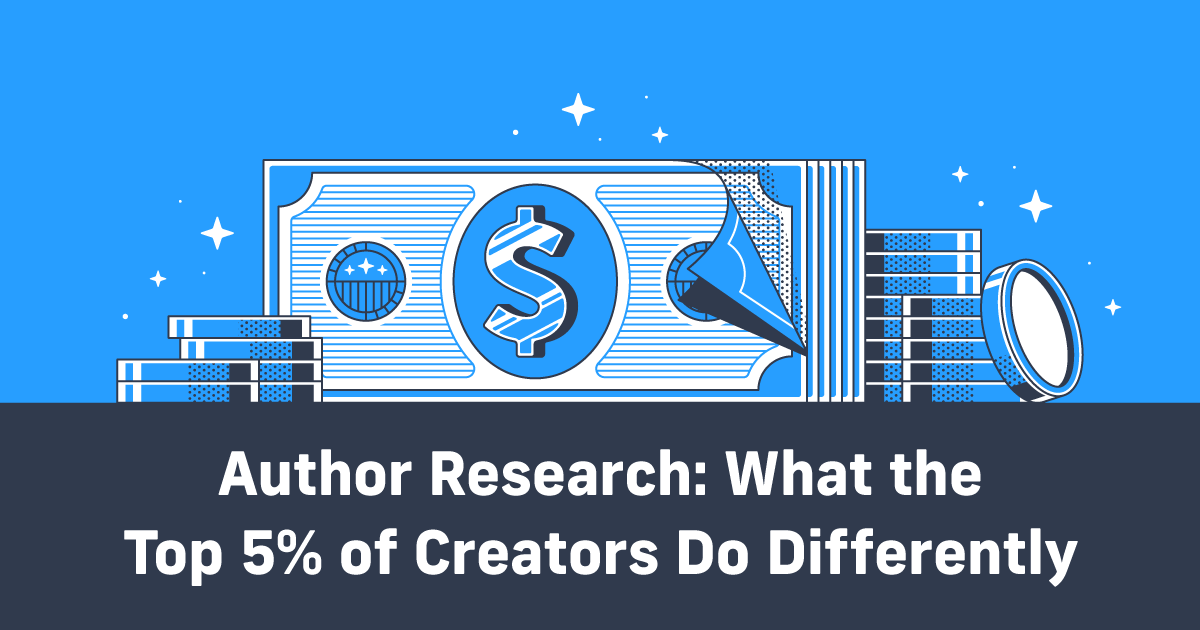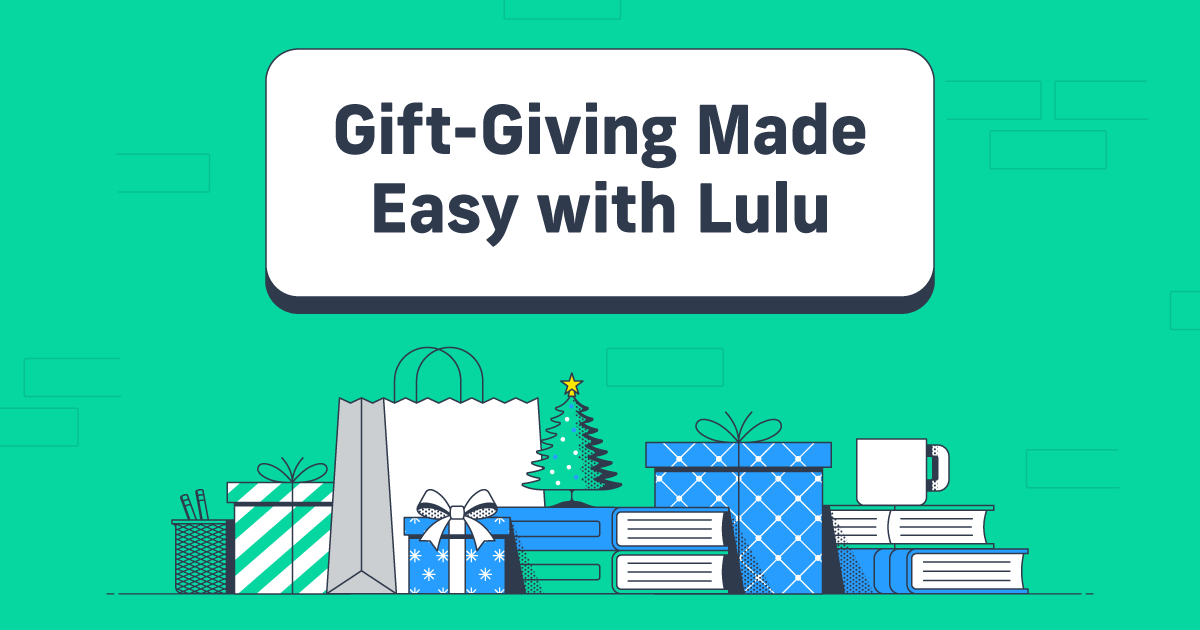Author Research: What the Top 5% of Creators Do Differently
In the spring of 2025, I was tasked with learning more about Lulu users who earn money from their books. So I did the obvious thing that any marketer would do in this situation: I created a survey.
We sent that survey out and received 2065 responses from creators, authors, and entrepreneurs who earn income from their book sales. Thank you to each of you for helping us learn more about the publishing industry. If you want to read the complete results from all of these respondents, you can download the report we created.
In this article, I want to focus on just 99 of the creators who responded to our survey. These are the creators and businesses that rely on printed books to generate some or all of their income, and each indicated they earn $40,000 or more a year from their books and content.
Why Focus on High-Earning Creators?
My goal with this survey was to zero in on the activities and choices the highest-earning authors take to be successful. Using book sales data and self-reported details, I was able to find a few interesting (though unsurprising) details about this cohort.
That does not mean we shouldn’t look carefully at the data for all authors earning money from their books. The entire group of respondents helps paint a clearer picture of the jobs, tasks, and expectations aspiring creators should have when they publish. By focusing on the most profitable authors, we’re able to see what sets them apart, and (hopefully) I’ll be able to offer some insights that help you in your creator business.
What Sets High Earners Apart
Authors and creators publish for two primary reasons: to share their content and to make money.
That sharing might encompass a simple desire to offer their story to the world or the drive to build an audience around their particular insights. Regardless, sharing for any reason is usually not a profitable exercise. The goal is to get your ideas out there.
But when it comes to making money from book sales, creators have some very specific activities that set them apart.
First and foremost is the way creators self-identify. The top 5% are four times as likely to think of themselves as business owners, while the rest of the respondents identify with author most.
Additionally, creators who earn the most from their work tend to be self-employed, relying solely on their creative businesses' income to support themselves.

Publish More, Earn More
It’s a simple fact of economics: if you have more products to offer, you’ve got more potential income to earn. 79% of authors who earn the most have 10 or more published books. Compared to the rest of the respondents from our survey, only about 40% have 10 or more books to their name.
We know that the majority of book sales are made in the first year of publication, even for traditionally published authors. But a quality backlist remains an easy way to continue generating income.
This is a common publisher strategy that the most profitable individual creators and businesses also rely on. Lulu’s direct sales tools make it simple to sell backlist titles, helping creators further automate their processes and focus more time on creating and marketing.
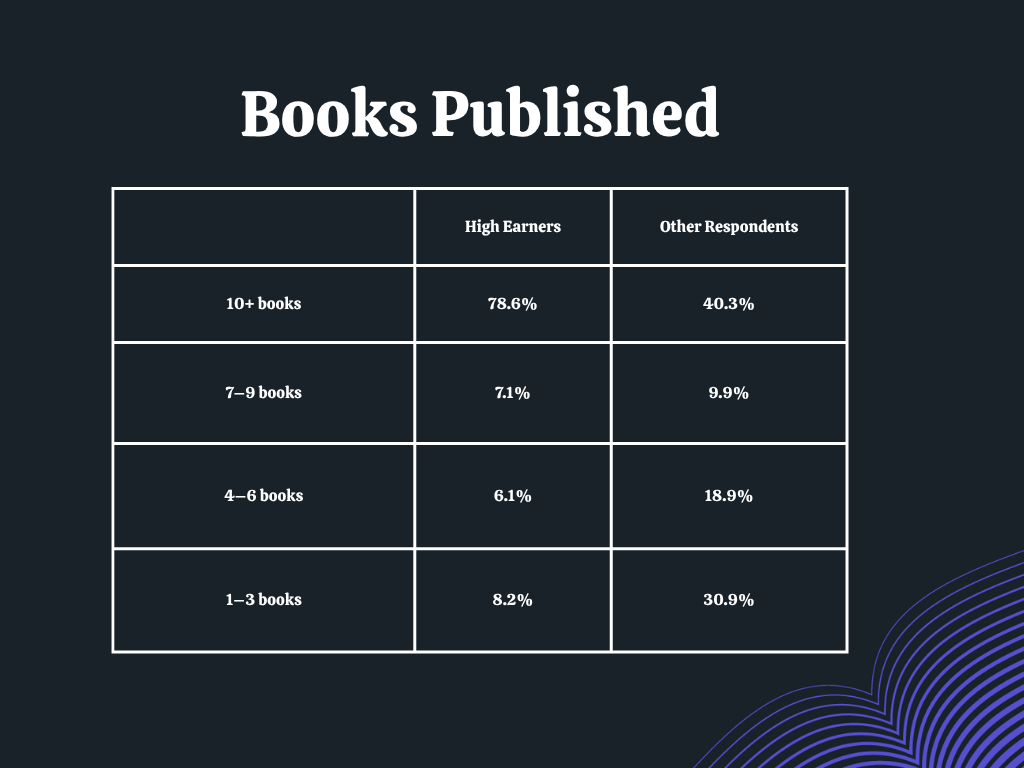
Professional Design is a Worthwhile Investment
Once a book is written, there’s a whole lot of editing, cover design, and formatting that needs to be done before it’s ready for publication. Many self-published authors choose to do all that work themselves, using software to edit and design themselves.
I adamantly disagree with doing that work yourself. Unless you don’t really want to make money from your books.
The highest-earning authors are nearly twice as likely to hire an editor and a designer for their books. Most will spend between $500 and $2,000 per book for editing, cover design, and formatting.
For your book, you should think strategically about how to invest. You might be comfortable designing a cover, but you should employ a professional editor to clean up your text. Or you might know an editor who can help you, but you need assistance with pre-press formatting for your print PDF.
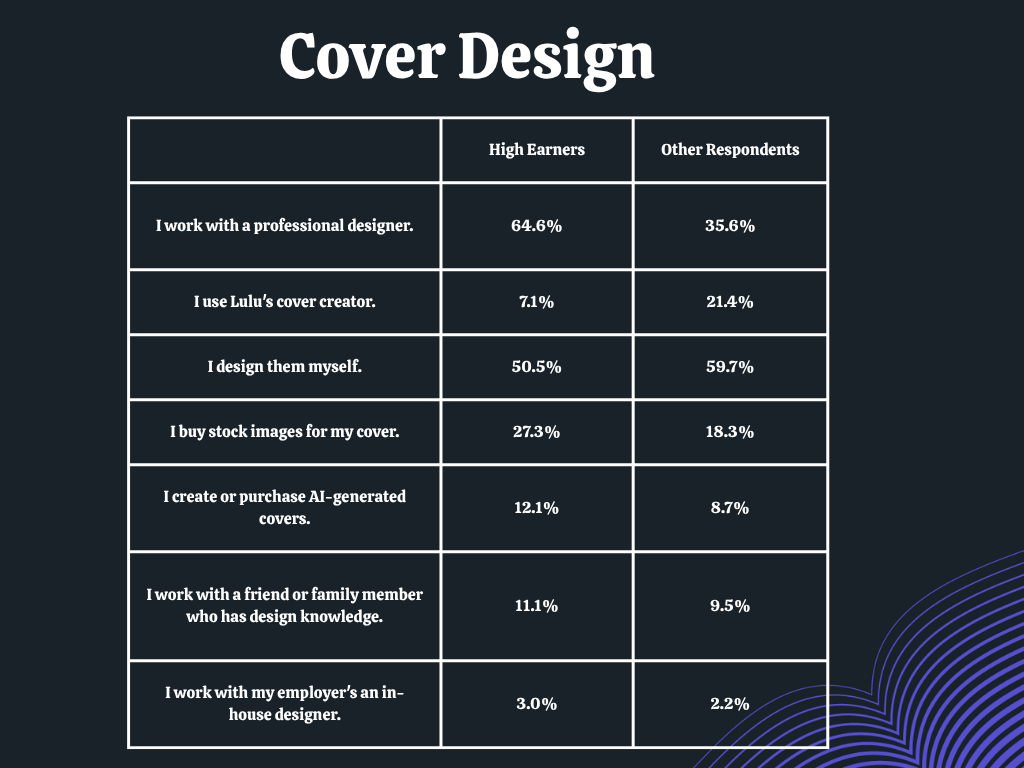
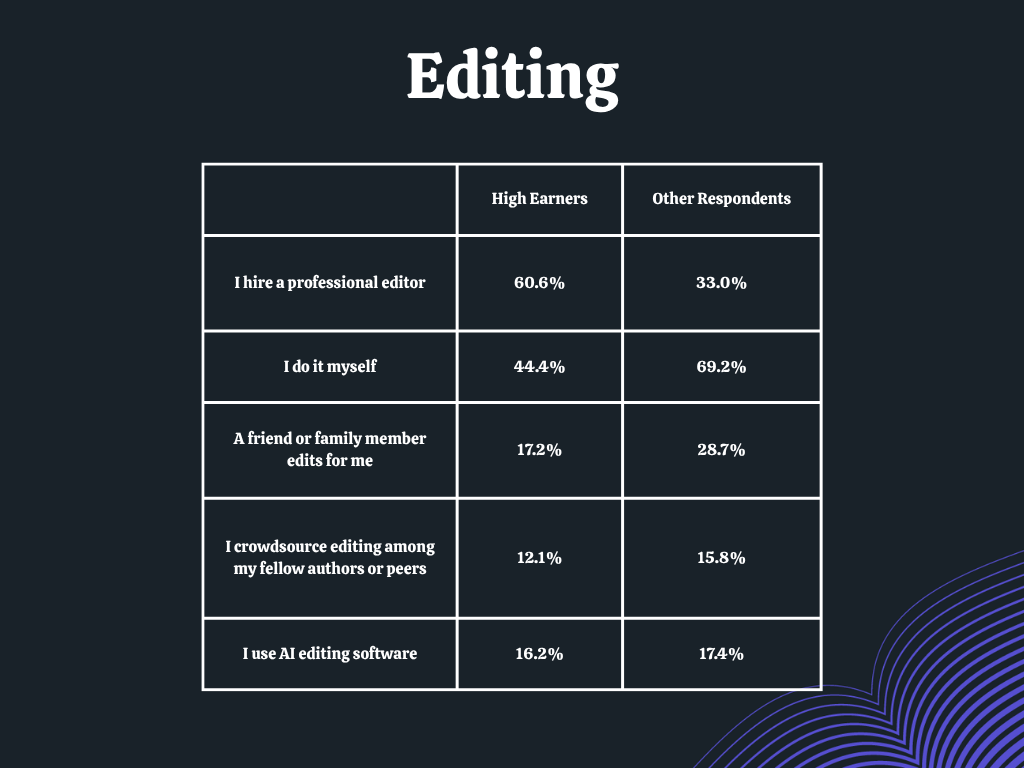
The Advantage of a Sizable Audience
Obviously, you need some fans and followers if you want to sell your books. For most authors and creators, your audience will come in two forms: email subscribers and social media followers. These are the two most effective platforms for sharing your content with fans and readers.
For the most profitable creators, audience is key. The majority have more than 1,000 email subscribers and 1,000 followers across all social channels.
While it isn’t easy to build a following, hitting that 1,000-person threshold for both email and social media is key to building regular income from your books.
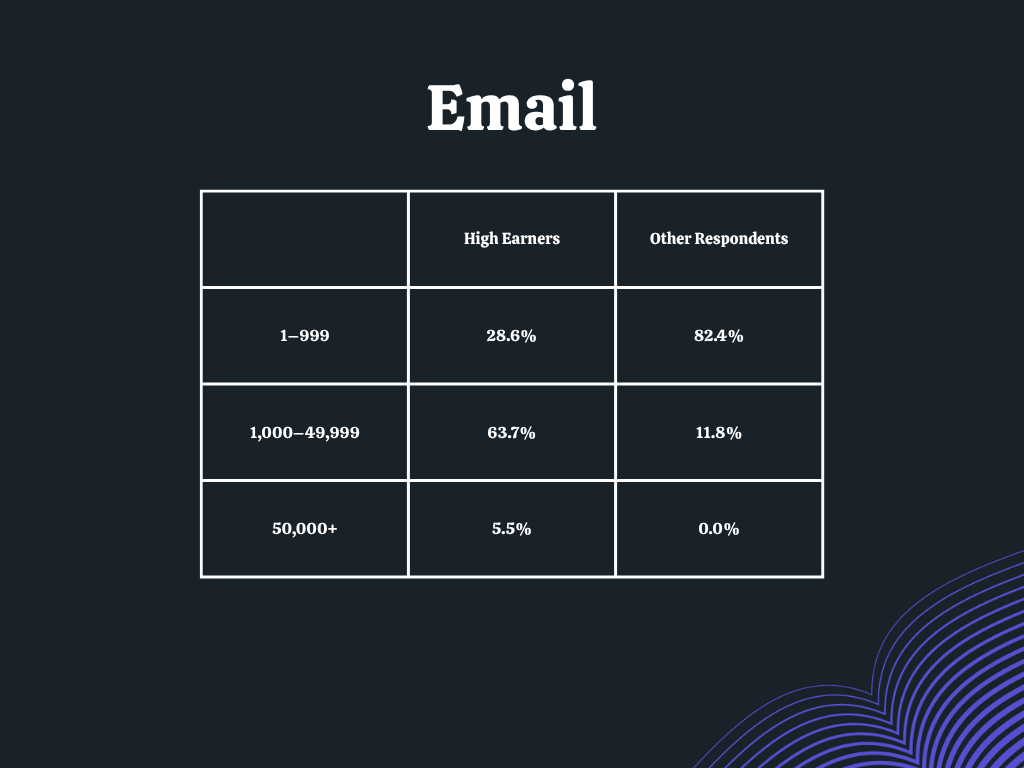
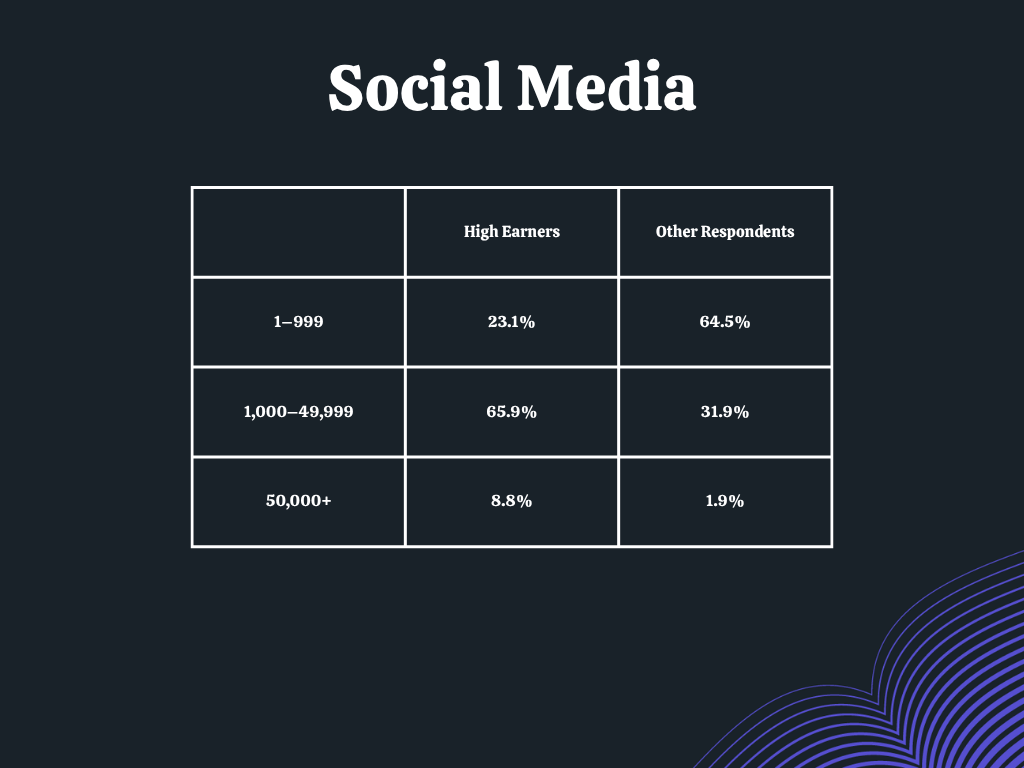
Time Spent Leads to Revenue Earned
Time invested leads to higher earnings. All of the activities that go into seeing significant returns from book sales—like editing, building an audience, and writing more books—take time. The vast majority of high-earning creators, over 80%, spend more than 20 hours a week on their creative business.
That time commitment is key to achieving all the goals necessary for earning a livable wage from your content. It can also be the hardest thing to find—which is why it’s so important when you’re beginning your creative journey to dedicate time to building your audience and perfecting your content.

Your Free Lulu Account
Create a Lulu Account today to print and publish your book for readers all around the world
How High Earners Make More Money
If you’re ready to make more money from your book sales, you should carefully consider the ways the highest earners achieve that. Our research shows three points that are most critical. To kickstart or expand your own author business, I strongly recommend doing all of these things:
- Publish more books. A decent backlist of five or more books gives new readers options and creates steady income.
- Build and nurture an email list. You should aim for around 1,000 subscribers.
- Invest time and money in quality production and marketing. Be selective about how you spend your budget, but you need to plan on spending something.
With strategy, time, and quality content, you can be a profitable creator. When you’re ready to get started, Lulu makes it easy to publish, print, and sell.

